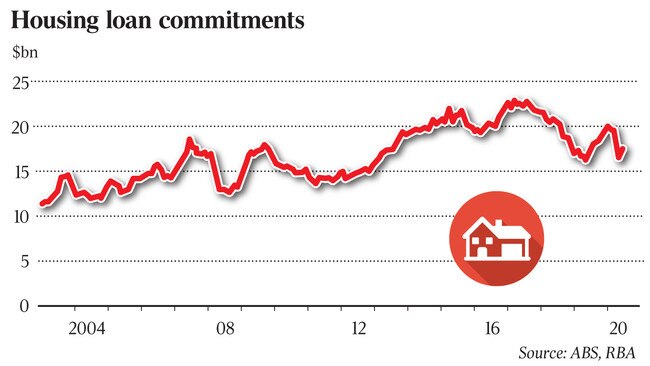
National Australia Bank has led a new change — expected to be repeated across the banking sector — that requires borrowers to nominate their retirement date and an “exit” strategy for their mortgage.
Since July 25 NAB has demanded applicants nominate a date of for their retirement and the bank also wants to see evidence of superannuation assets. The rules apply to anyone whose retirement age may occur during the life of the mortgage.
With standard mortgages running out to 30 years it means the bank can apply the criteria to a huge range of applicants, putting particular pressure on anyone over 50.
“The new rules are going to be a severe impediment to a lot of older people looking for finance in the property market, “ says financial adviser Bruce Brammall. “It’s a severe interpretation of responsible lending laws.”
The new lending policy also tightens the dependence of banks on salaries rather than investment income, which again makes it difficult for older borrowers.
Banks will include 100 per cent of salaries when assessing borrowing capability but have little regard for investment income, often assuming such income to be no more than 2 per cent on the assets declared.

“We have always said the banks should fully allow the value of assets to be taken into consideration when older people apply for loans; it’s moving the other way,” says Ian Henschke of National Seniors Australia.
“Someone who is decades away from retirement has no idea what their retirement strategy will be — and in reality many of them will not get to decide when they retire anyway.”
The new rules also put specific pressure on the self-employed who often have variable income and most of their assets in super.
The new NAB policy only allows for a snapshot of super at the time of the lending application. If someone has $400,000 in super with a decade to go until retirement, the bank has indicated it does not allow for any improvement that may occur in the super balance over the term to retirement.
The property market is struggling with the absence of investors as opposed to owner-occupiers — yet the new policy cuts straight into the age group that traditionally provides the market with property investors.
Put simply, the odds have been raised against older investors entering the property market.
Is it age discrimination?
The Australian put the question to the office of the Age Discrimination Commissioner Kay Patterson, who did not rule it out.
In a statement the office said: “We note the Age Discrimination Act has exemptions which make some discriminatory conduct not unlawful — including in relation to superannuation and credit. However, it is not clear whether an exemption would apply to the case of a bank requiring people to make a formal declaration on what age they plan to retire.”
Separately, the rules will make it exceptionally difficult for those who have reached middle age without getting to own a home; they may not have the time left in paid work to match the new criteria.
So what is the bank’s explanation of the need for the change? According to NAB, the bank uses the 30-year time span of the standard variable loan as its guideline.
“This latest change will help customers better understand the potential impact of home loan repayments on their lifestyle post-retirement,” says a NAB spokesman. “We always seek to support our customers with their goals and consider a range of options to ensure customers are best-placed to service their loan into retirement.”
For some in the market the new rules do not present a problem; indeed there are those who support it.
“I think it is prudent — a borrower has to know their ability to repay, you can’t have a situation where someone borrows a lot of money — let’s say someone borrows $1m and they are 70 years of age — regardless of the circumstance, that is not prudent lending,’’ says financial adviser Stuart Wemyss.
He says that ideally a bank wants to know not just that you can repay the loan, but repay it in the normal course of events — that you don’t have to sell assets to repay the loan. “That’s the ideal arrangement on all sides,” he says.







At the stroke of a pen it’s just become a lot harder for older Australians to get a property loan.